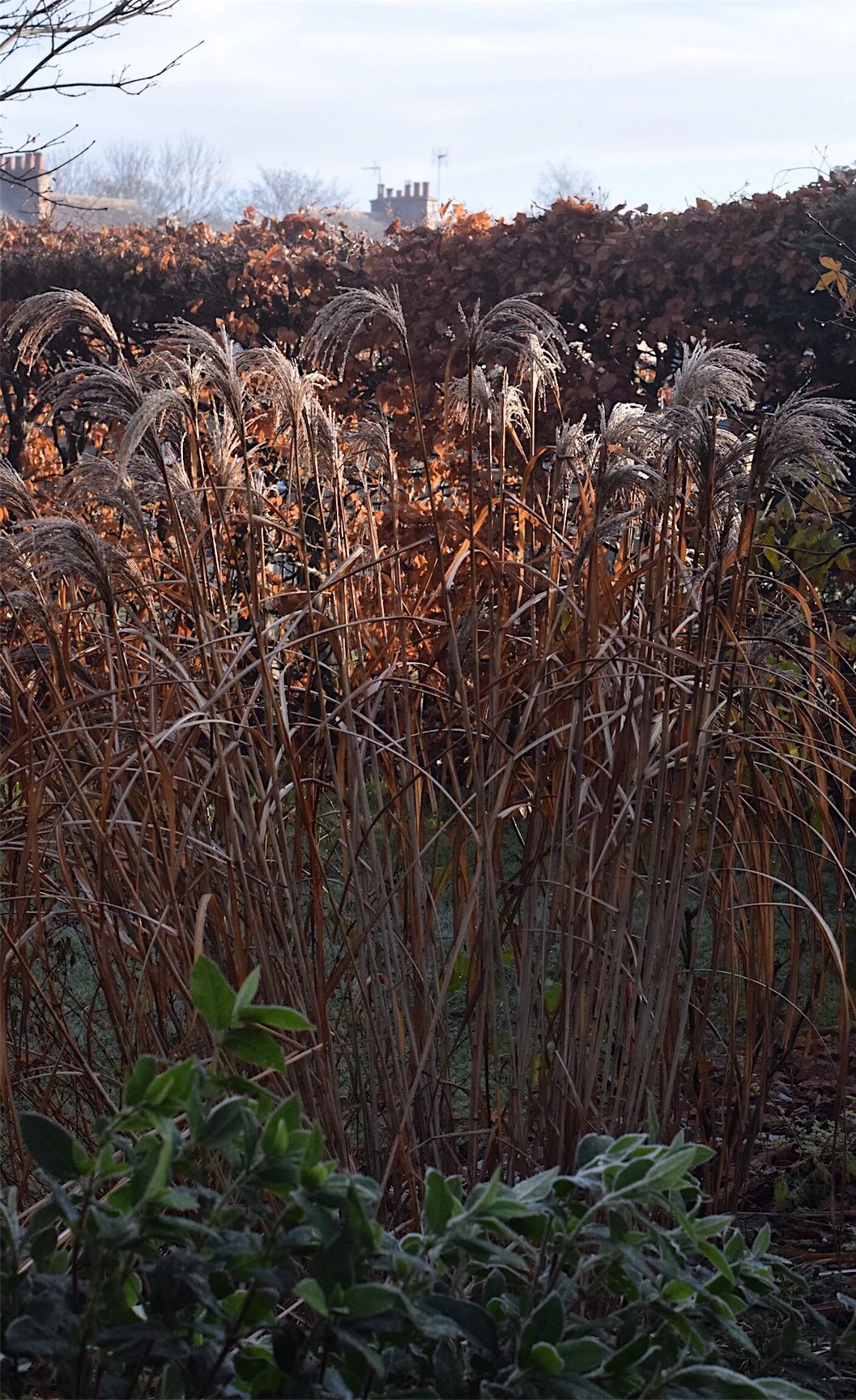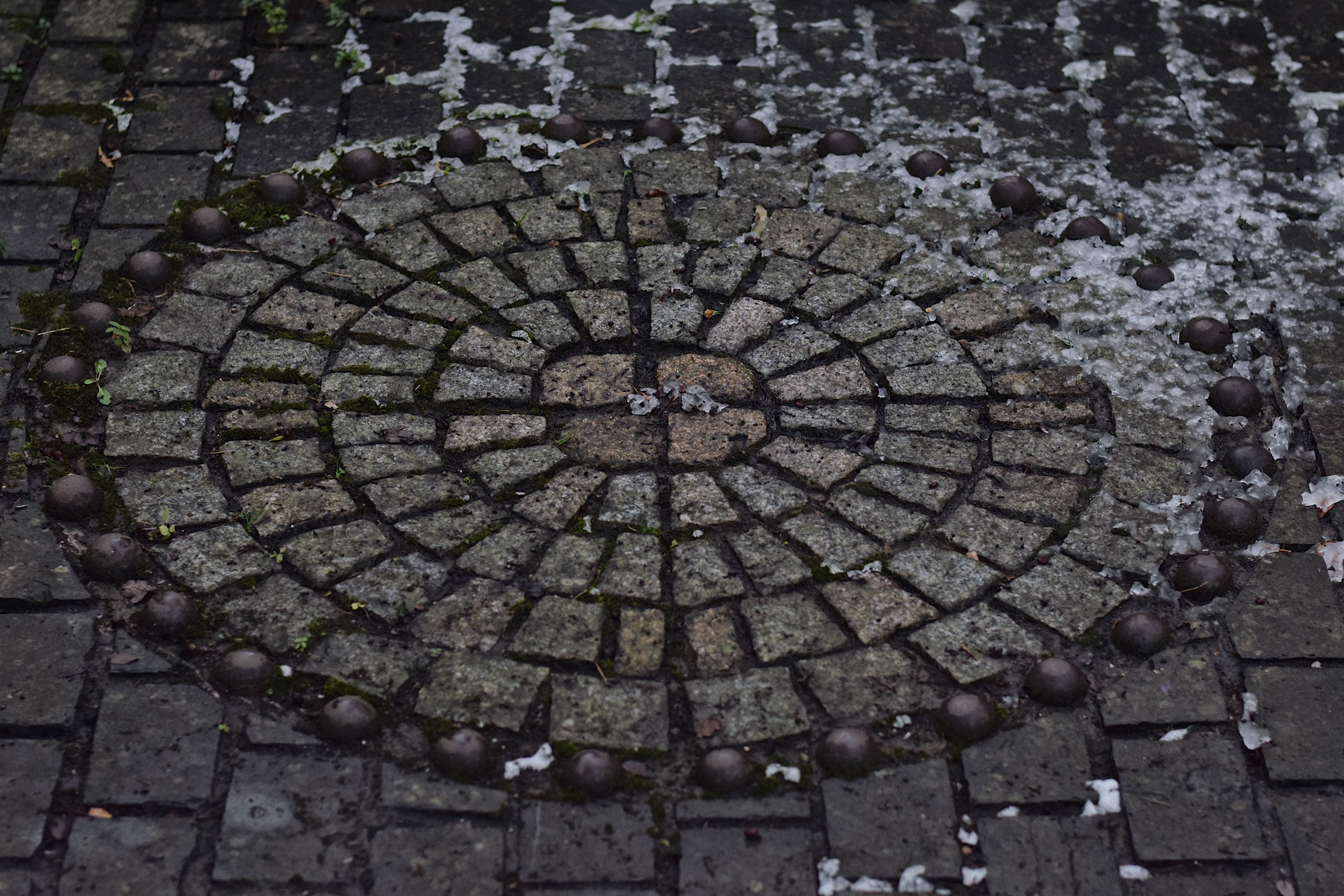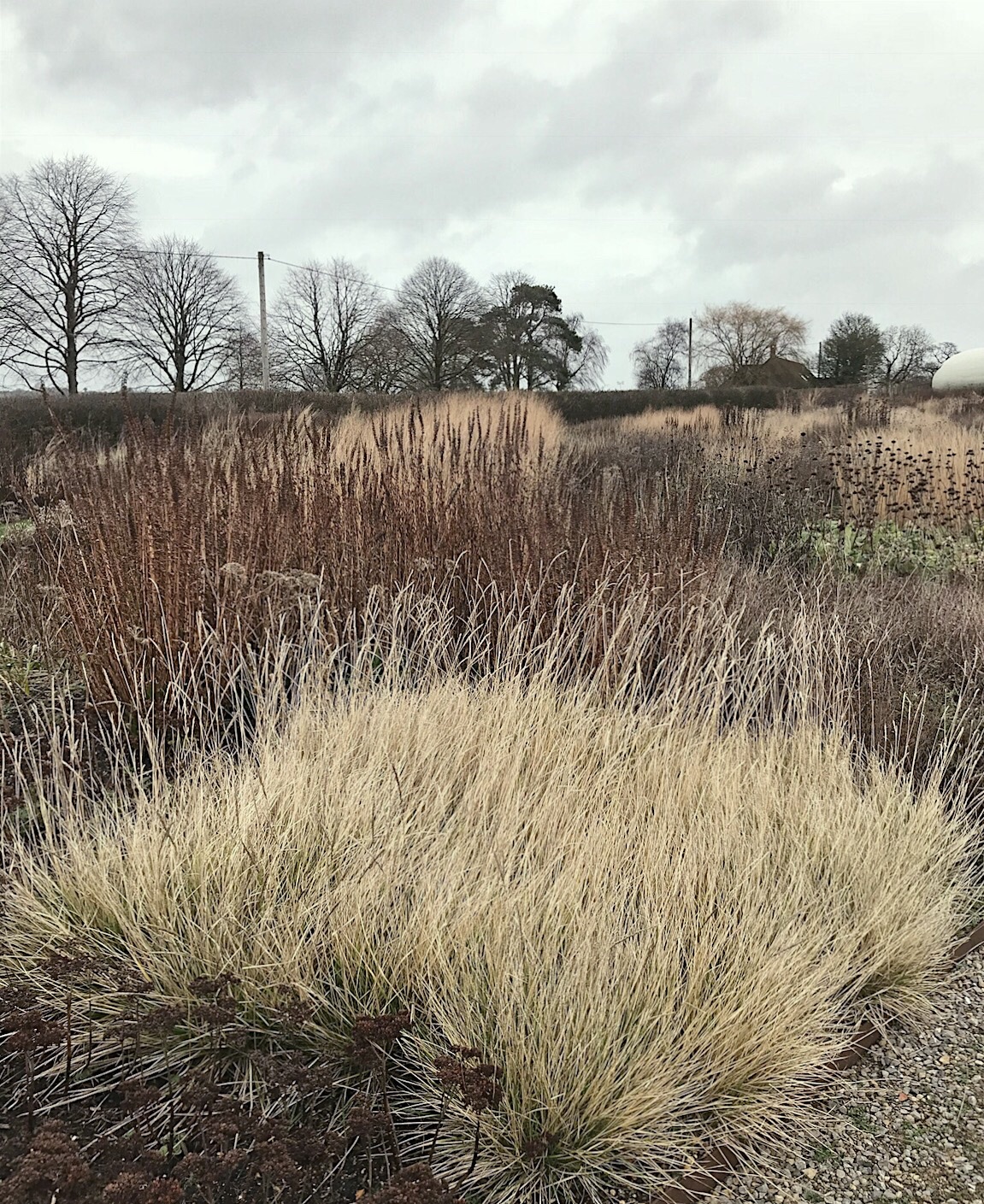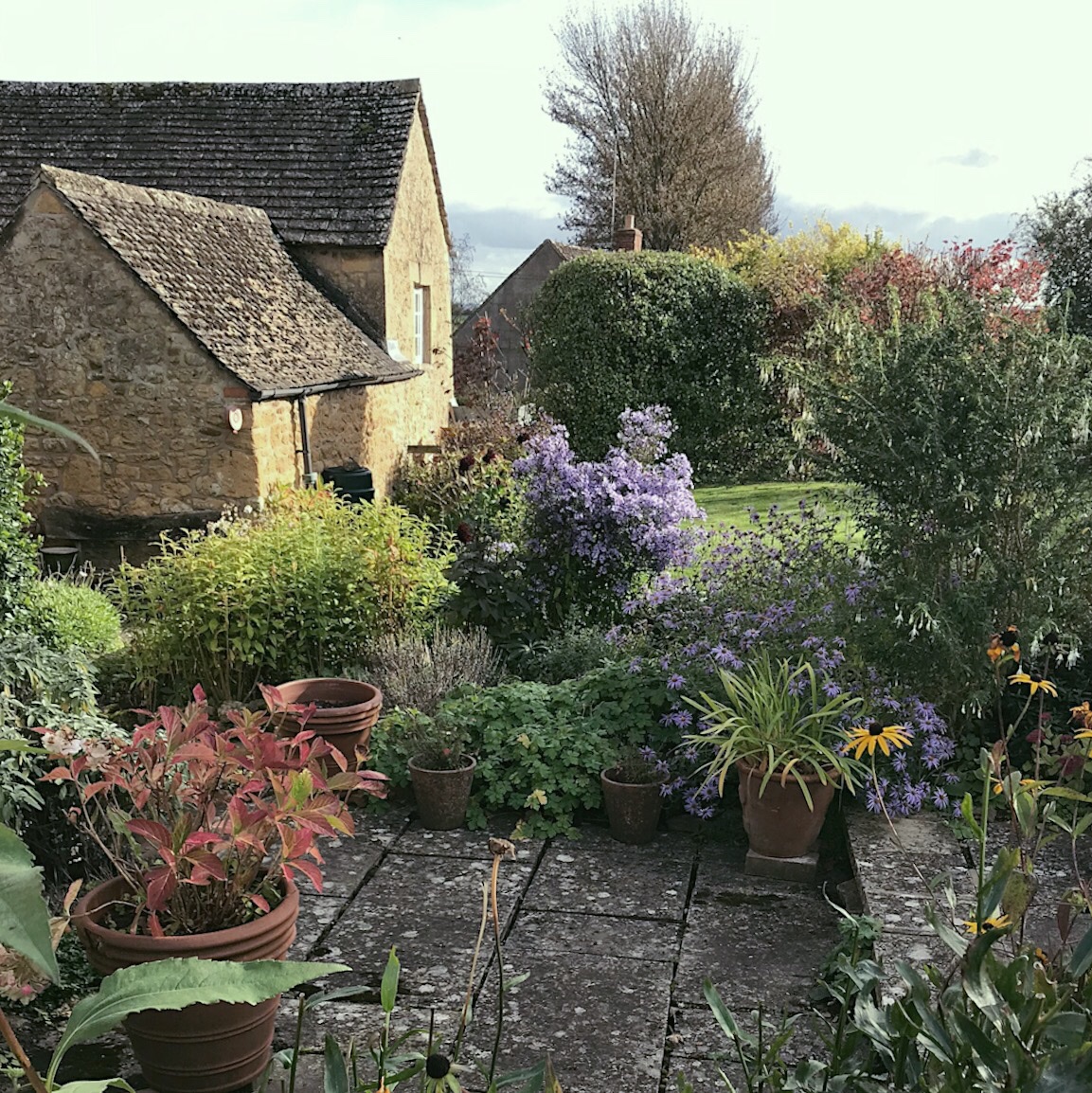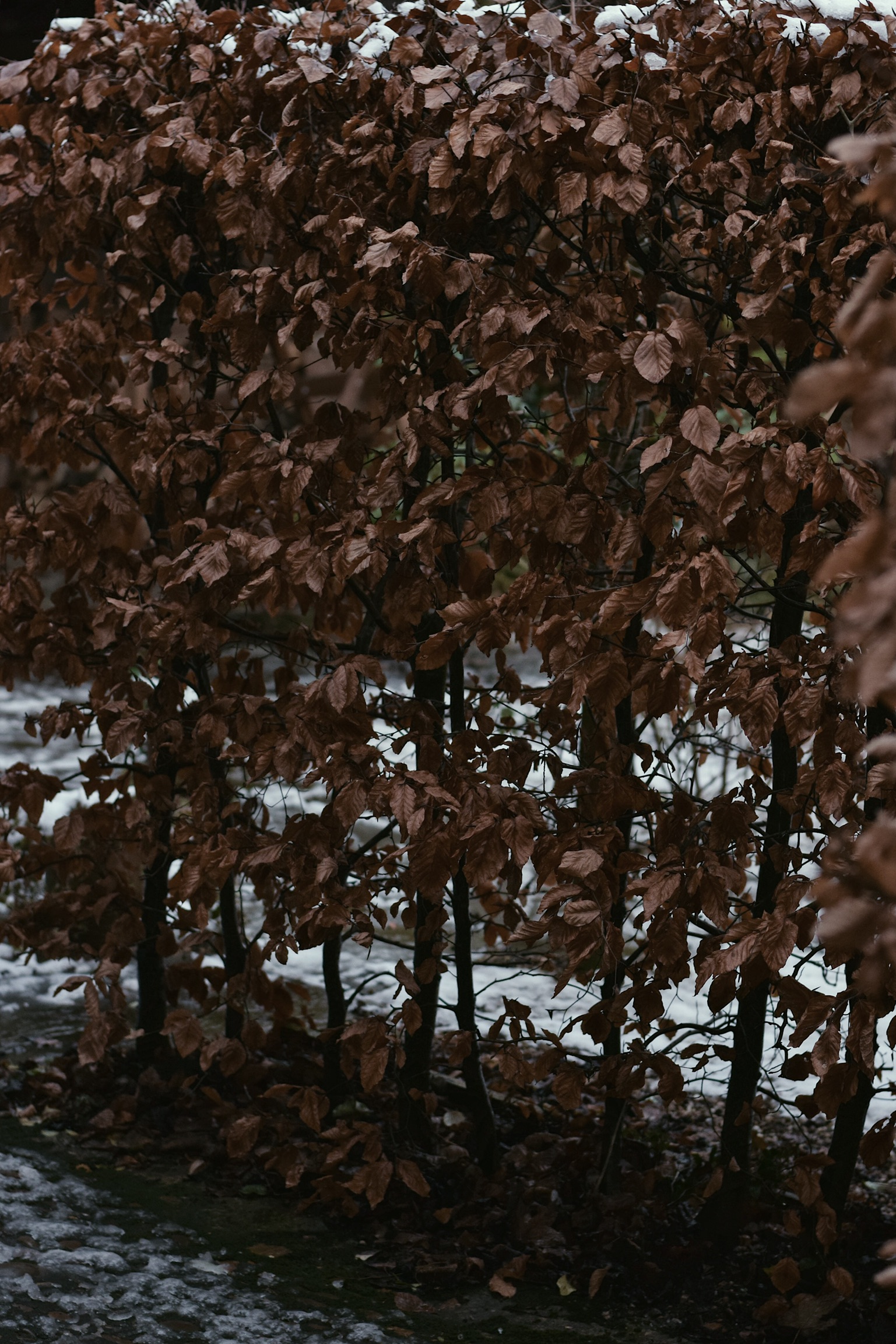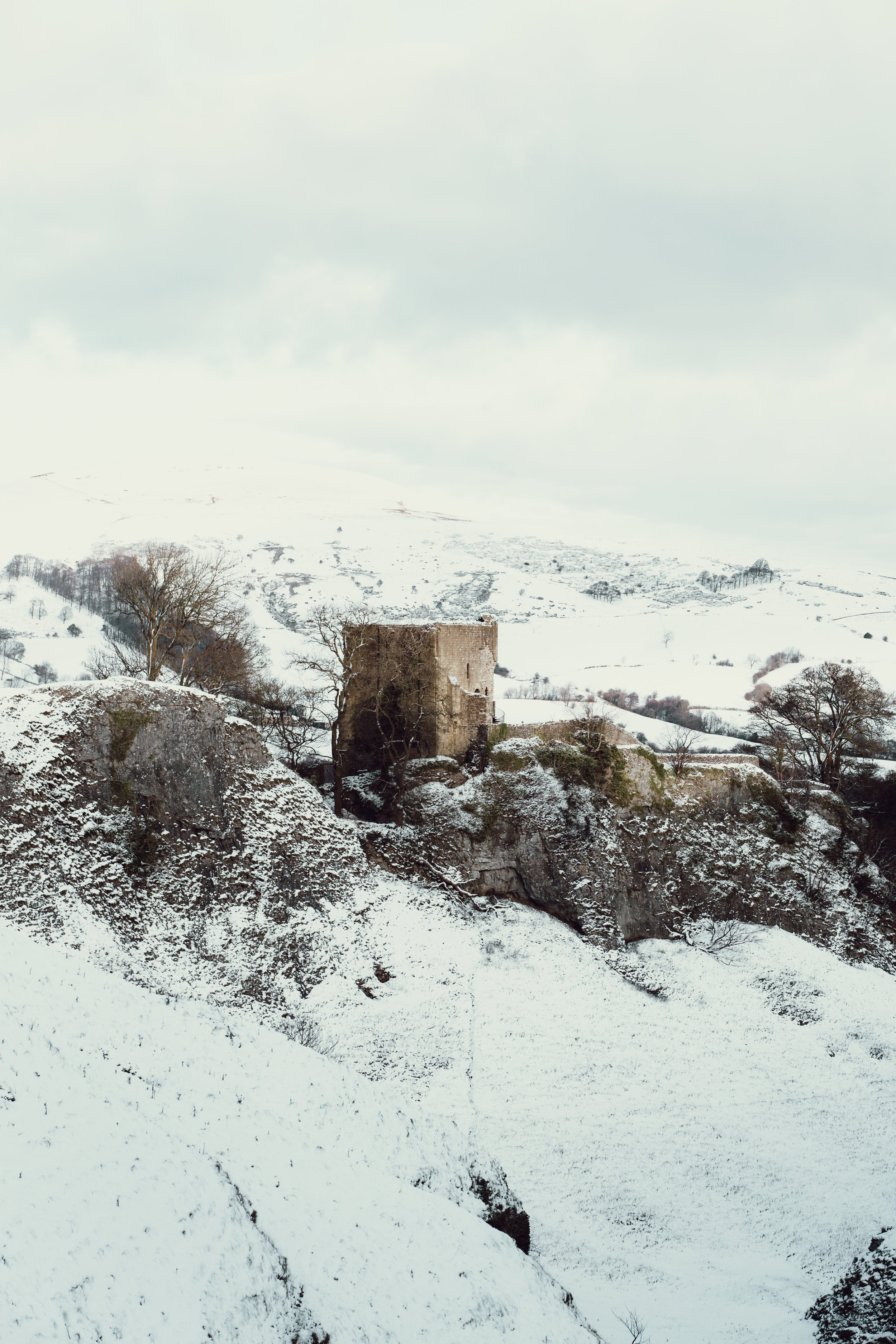It’s strange, but the notion of truly ‘being present’, has almost become a counterculture behaviour. A valid description, its status as such heralds a stark warning on how intrinsically linked we are becoming to digital, viewing moments as future memories waiting to be captured, rather than experiences to be felt in the moment.
But this is not a post about the benefits of digital detox, but more a weekly ritual I want to share, that has helped me not only to focus on ‘being present’, but one that has truly deepened my connection with my garden and its abundance of life in the winter.
Long hours commuting, the demands of a busy job, and the even tougher task of keeping a 3-year-old entertained leaves little time for oneself, or to focus fully on observing and listening to the world around you. But the other weekend, a chance opportunity to spend just 20 minutes in the garden alone, triggered a routine that I now hold sacred for so many reasons.
I awoke early on a Saturday morning, and my wife and daughter were both still asleep. I made myself a cup of coffee, reached for a jacket and took myself to the end of the garden to enjoy a few moments of solitude before the household woke up in earnest.
Standing there, time almost seemed to slow down. Each draught on my hot cup of coffee was followed by a lungful of cold winter air, and then accompanied a bird flitting in the bush beside me; a leaf being carried along in the stream; a heron swooping awkwardly above me. The less I thought about life, the more I noticed it.
Winter forces me to live a life in boxes even more than the summer: trains carriages, stations, trams, offices, houses. The opportunity to start the weekend standing in the garden seems to open the pores of the soul and reset one’s internal balance.
But aside from the mental benefits this brings, it’s also started to fuel a deeper connection to life in the winter. I’ve always loved winter for the same numerous reasons that it’s loved by so many others. But the garden has always felt like a dead zone to me; closed down and locked off for the winter.
My weekly excursions into it, however, prove how wrong this presumption was. Even just 15 minutes a week has allowed me to be silent, still and listen to the world around me. And the abundance of intrigue, interest and activity, has been a revelation to me. From the intimate lives of birds, made more visible now the branches are bare, or the perseverance and life of different plants, the weekly ritual of observation and quiet listening, has connected me to winter in a way I’ve never felt before.
Discovering this – or should it be, rediscovering? – has been nothing short of a joy.
In addition to the richness this has brought to my love of nature, these wintertime reveries have also helped my creative process. Any writer will have empathy for the lack of discipline, writer’s block, or general procrastination that seems to come so easily.
But these weekend musings have taken on a metamorphosis of their own, much like the season. Solitude turned to observation; observation turned to listening. Listening fuelled note-taking; and notes inspired prose.
The ‘field notes from the garden’ now form a weekly feature on my blog, a column I derive much pleasure from writing. But as I’ve started to collate these, even in their infancy, they are starting to form a record of natural history in the smallest of gardens.
A recent trend for micro, rather than macro, natural history is rather prevalent: writers penning books on edge-land, woodland or even fields. Could the humblest of small gardens in the Peak District take that premise even further still?
Time will tell. But I urge all of you, writers or not, to actively carve out a few moments of winter solitude in your gardens, outside spaces, or even gazing out of a window. When you actively listen, engage and connect, it’s incredible what stories start to reveal themselves to you.
(This also presents an opportunity to apologise to my neighbours for the early morning sight of myself in pyjamas and thick jackets in the garden. If any of you are reading this, then hopefully this piece changes your perception of me from ‘bizarre-winter-garden-pyjama-man’!)
You can access my weekly observations in the ‘field notes’ category on my website: https://aseasonedsoul.blog/category/field-notes/ or follow me on Twitter @aseasonedsoul






























































